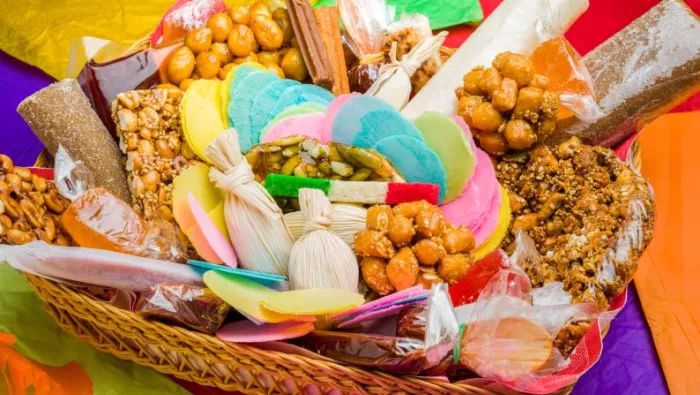
Understanding sugars terminology
While the individual sugars that are added or naturally occurring in milk, fruit and vegetables may be chemically the same, public health organisations around the globe have looked to define sugars according to their source to provide dietary recommendations on sugars. Sugars and syrups that are added to foods and drinks, are those which public health organisations often recommend limiting in the diet. These are mainly defined as ‘added’ or ‘free’ sugars. The term ‘free’ sugars relate to the fact these sugars are not encased within intact plant cell structures, like the sugars found in whole fruits and vegetables.
Sugars found naturally in milk and dairy foods (i.e., the lactose in yogurt, cheese and milk) and in fruit and vegetables (fresh, canned, frozen or dried) do not count as free or added sugars. These foods form an important part of a healthy, balanced diet.
Sugars definitions
Definitions can vary globally but in general;
Added sugars are sugars and syrups that are added to foods and drinks during processing and preparation.
Free sugars are sugars added to food or drinks, and sugars found naturally in honey, syrups, and unsweetened fruit and vegetable juices, smoothies and purées.
Total sugars are all sugars found in foods and drinks - added/free sugars and sugars found naturally in milk, fruits, vegetables and cereal grains.
Definitions of free and added sugars
Some examples of the definitions used around the globe are summarised in the table below.
| Term | Organisation/country | Definition |
| Added sugars | United States Food and Drug Administration (FDA) (2016) (1) | Sugars that are added during the processing of foods, or are packaged as such, and include sugars (free, mono- and disaccharides), sugars from syrups and honey, and sugars from concentrated fruit or vegetable juices. |
| Added sugars | European Food Safety Authority (EFSA) (2010) (2) | Sucrose, fructose, glucose, starch hydrolysates (glucose syrup, high-fructose syrup) and other isolated sugar preparation used as such or added during food preparation and manufacturing. |
| Free sugars | European Food Safety Authority (EFSA) (2022) (3) | ‘Added sugars’ plus those naturally present in honey and syrups, as well as in fruit and vegetable juices and juice concentrates. |
| Free sugars | World Health Organization (WHO) (2015) (4) | Monosaccharides and disaccharides added to foods and beverages by the manufacturer, cook or consumer and sugars naturally present in honey, syrups, fruit juices and fruit concentrates. |
As part of the UK Scientific Advisory Committee on Nutrition (SACN) 2015 report on carbohydrates and health (5), the ‘free sugars’ definition replaced the term non-milk extrinsic sugars (NMES), which had been used in the UK for about 25 years before the adoption of the ‘free sugars’ definition.

Non-milk extrinsic sugars are sugars not located within the cellular structure of a food, such as those found in fruit juice, honey and syrups, and those added to processed foods. It excludes the naturally-occurring sugars (lactose) in milk. It includes 50% of the weight of naturally-occurring sugars found in dried, stewed or canned fruit. The 50% figure is arbitrary and is used to account for the partial breakdown of the cellular structure during processing.UK Scientific Advisory Committee on Nutrition (SACN) 2015 report on carbohydrates and health (5).



